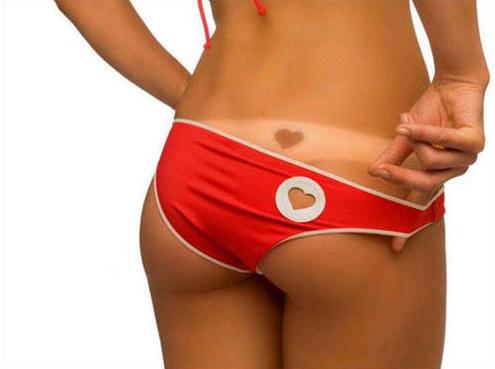For a long time the sun was the enemy of the nobility whose social rank was measured by the whiteness of the skin. But in the 20th century a revolution took place: tanning appeared in the West.
For a long time in the West a tanned complexion was synonymous with peasantry and modest social class while ease, distinction and modesty were reserved for the elites preserved from working outside.
It was in France, « the land of feminine elegance », that everything changed in the 1920s.

Young beautiful latin lady lying on a tanning bed at health spa
FAIR SKIN TO DISTINGUISH THEMSELVES FROM PEASANTS
In 1863 the dictionary Littré reads: « Tanning: the act of covering an object with a layer imitating the appearance of bronze ». We never thought it would be our skin that would be tanned one day. In fact, we’ll have to wait… the 1920s! At the beginning of the 20th century, women still wore hats, gloves, an umbrella, a veil, sometimes even a sur-voilette, they multiply the use of whitening creams and oils, etc., and they hunt down freckles, warning signs that one is slipping on the wrong  slope « .
slope « .
IMAGINARY AT WORK…
Be fair-skinned to dinstinguish yourself from a rural society. Western white-skinned societies have valued sun protection especially among women. « And with Christianity a whole system was built around the image of the Virgin Mary in particular, a virginal image gradually associated with paleness, whiteness, clarity opposing light. »
… SWEPT AWAY IN LESS THAN 30 YEARS !
Gabrielle Chanel and paid holidays are often credited with initiating and encouraging the fashion for tanned skin. An inaccuracy according to the historian! In 36, it has already been several years since we switched to the tanning fashion. For example, the « Ambre Solaire » cream appeared in 1935. « When Eugène Schueller, the founder of L’Oréal, puts all his chemists in the field for this, it’s because the fashion is already launched. » And if Coco Chanel has been in the vanguard when it comes to tanned complexion, it does not mean that it has been a leader on this issue.
On the other hand, it was in France, « the land of feminine elegance » that everything changed. Let us recall that in 1918, France was « at the pinnacle of its international prestige ». And that in the 1920s, English and Americans turned to Paris to find out what the latest fashion was. « Women’s magazines are very interesting clues. » In the pages of Le Petit écho de la mode, a rather conservative women’s magazine, we were reluctant until the end of the 1930s. Browning implied stripping and was tantamount to scandalously exposing oneself. As for the weekly Marie Claire, (which according to the historian is the ancestor of Elle and not of today’s Marie Claire), which addresses the daughters of the readers of Petit écho de la mode, it is completely open to this exposure to the sun.